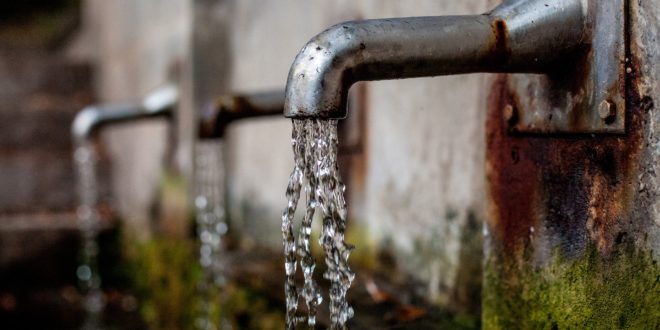When
asked about the benefits of renewable energy, the average person would likely
mention its environmental value. Unlike traditional sources of energy like
coal, crude oil and natural gas, alternatives like wind and solar power are
clean and eco-friendly. While this answer isn’t necessarily wrong, it’s
incomplete.
To
add a little more context, coal, crude oil and natural gas endanger more than
just the atmosphere and ozone layer. While carbon emissions are harmful, the
harm doesn’t end with greenhouse gases. It extends as far as the planet’s water
resources, with the production of wastewater from hydraulic fracturing, or
“fracking.”
When
companies want to extract fossil fuels like natural gas, they need to consume
massive amounts of water. Beyond their wasteful practices, thermal power plants
which run on coal, crude oil and natural gas also require water for cooling
purposes, and the industrial pollutants they produce cause contamination and
disease.
So
what role does renewable energy play in the future of clean drinking water?
We’ll explore the subject in greater detail, looking at today’s technology and
its function in tomorrow’s conservation efforts. Before we expound on
solutions, it’s necessary to understand the full extent of the problem.
The Effect of Fossil Fuels
Placing
the problem in perspective, more than 200,000
people per year contract acute chronic diseases through parasitic worms in wastewater.
In undeveloped and economically disadvantaged countries, other diseases like
dysentery, cholera, typhoid and polio are widespread due to contamination.
Insects
live and breed in these impoverished regions, affecting clean water, and during
its collection and distribution, the sickness spreads. These insects are
essentially disease vectors, a term for an agent which carries and transmits an
infectious pathogen. And the damage escalates. Not only that but carbon dioxide can also
be absorbed by water, causing hard water, which can create issues with
plumbing as well as residue on dishes.
It’s
not something many people in developed countries consider, with instant access
to clean, safe drinking water. Even so, the scale of the issue has reached
global proportions. The World Health Organization predicts that half of the
world’s population will live in water-stressed areas by 2025.
With
this in mind, how can renewable energy help to reverse the problem? We’ve
already seen considerable progress.
Renewable Energy Solutions
You’re
likely familiar with solar panels in the form of small or utility-scale
installations for homes and companies. “Solar stills” expand on the
basic functionality of these panels and repurposes them for water purification.
They show incredible promise for the future of the planet, and the way they
work is relatively simple.
The
technology collects impure water and uses sunlight to evaporate the liquid. Its
vapor condenses and drips into a separate layer, and the operator secures and
removes it for use. Best of all, solar stills are basic enough for private
manufacturing and ownership, creating a completely independent source of clean
water.
Having
access to these sources of clean water is critical for health and safety. Since
the CDC recommends storing a minimum of three days’ supply of water per person
in the aftermath of a disaster, renewable energy options like solar stills
could ensure the security of affected communities. And the solutions don’t end
there.
Solar-powered
desalination also has the potential to provide safe drinking water. It follows
a similar process to solar stills, using the sun’s thermal energy to power
parabolic trough reflectors which heat seawater and generate steam. The
friction boils the water and separates impurities, producing a fresh supply of
water.
With
solar
desalination projects in the U.S. already underway, it’s safe to speculate that
advancements in desalination will make the technology more available elsewhere.
The inexpensive creation of freshwater from seawater, brackish water and
wastewater will mark an important milestone in the fight against pollution.
Looking Toward the Future
While
statistics from the World Health Organizations are admittedly concerning, it’s
crucial to look toward the future with a sense of optimism. Green initiatives
around the globe continue to show that renewable energy is more than plausible
— but profitable.
As
we move forward, one thing is clear. It’s possible to heal the planet, and we
have the means.

Green Jobs
How to Apply for a Green Job With the demand for green jobs skyrocketing so far in 2017, giving yourself a unique edge can be difficult—yet absolutely necessary—in order for you to become a proud worker for Mother Earth. Follow these steps to successfully claim your next environmentally friendly employment opportunity. 1. Resume: Make sure … Continue reading..



